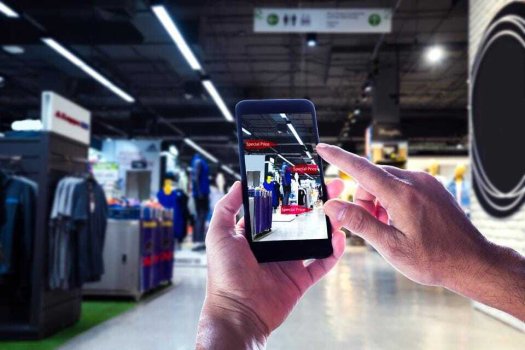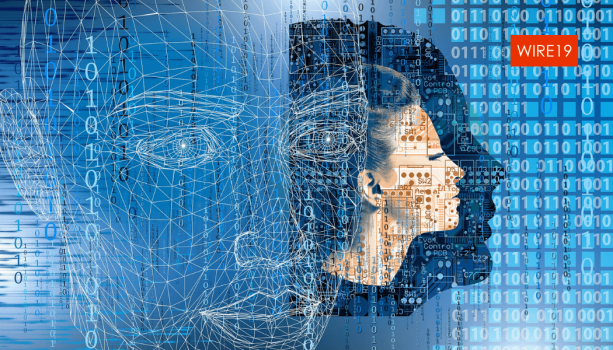Artificial Intelligence: Advancing the Workforce of the Future
- Technology Solutions
- 0 Replies
Artificial intelligence, or AI, is a rapidly growing industry that has the potential to lead our workforce into the future, with its unique ability to not only create jobs in its own field but also modernize other fields with cutting-edge technologies and machines
Skills in AI are highly sought after and give students a competitive edge when entering the job market. According to Kimberly Doyle at Infosec Resources, which tracks trends in security education, cyberthreats, and career development, more than 50,000 job openings are currently posted on Indeed for “artificial intelligence.” The Bureau of Labor Statistics projects a 15% increase in computer and information research jobs from 2019 to 2029, including positions like AI specialists and machine learning engineers. According to the 2021 Stanford AI Index report, AI has permeated nearly every industry in the global job market.
Arizona and Phoenix, which are home to the ten Maricopa Community Colleges, were projected to see 21,535 AI employment opportunities in 2020, which was 6% above the national average. Our local demand for AI talent is increasing in Maricopa County, and careers are projected to grow faster than the average rate for all employment over the next decade. Research done by our district’s Workforce and Economic Development Office estimates an increase of 22.4% for these roles by 2029, according to Economic Modeling Specialists Inc.
Continue reading: https://www.diverseeducation.com/from-the-magazine/article/15293632/artificial-intelligence-advancing-the-workforce-of-the-future
Skills in AI are highly sought after and give students a competitive edge when entering the job market. According to Kimberly Doyle at Infosec Resources, which tracks trends in security education, cyberthreats, and career development, more than 50,000 job openings are currently posted on Indeed for “artificial intelligence.” The Bureau of Labor Statistics projects a 15% increase in computer and information research jobs from 2019 to 2029, including positions like AI specialists and machine learning engineers. According to the 2021 Stanford AI Index report, AI has permeated nearly every industry in the global job market.
Arizona and Phoenix, which are home to the ten Maricopa Community Colleges, were projected to see 21,535 AI employment opportunities in 2020, which was 6% above the national average. Our local demand for AI talent is increasing in Maricopa County, and careers are projected to grow faster than the average rate for all employment over the next decade. Research done by our district’s Workforce and Economic Development Office estimates an increase of 22.4% for these roles by 2029, according to Economic Modeling Specialists Inc.
Continue reading: https://www.diverseeducation.com/from-the-magazine/article/15293632/artificial-intelligence-advancing-the-workforce-of-the-future
























